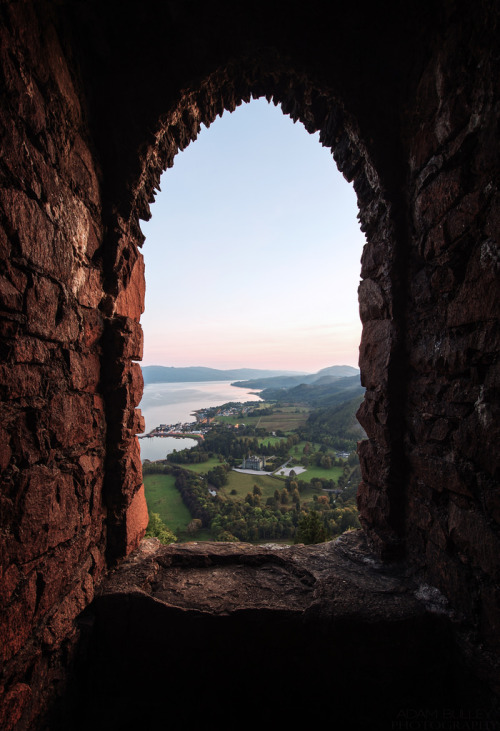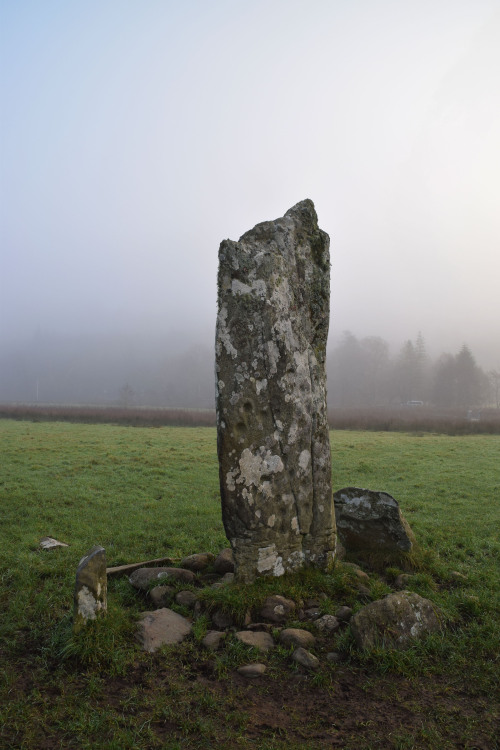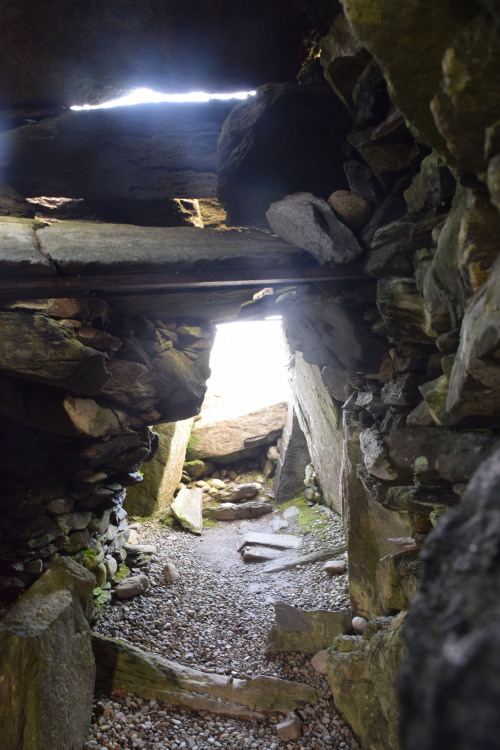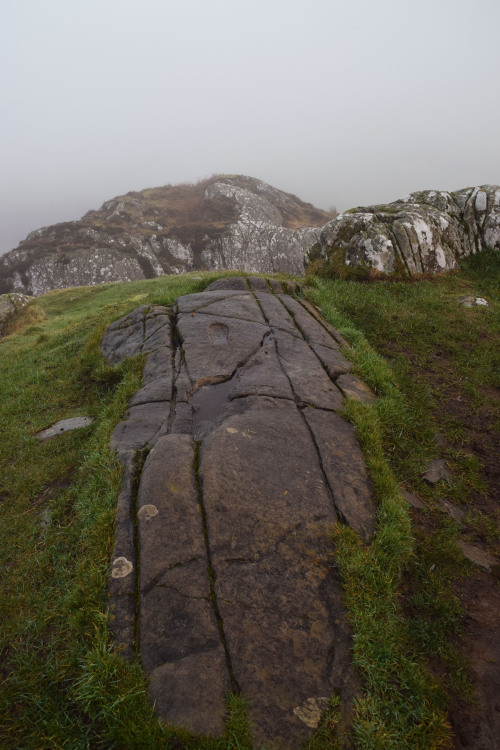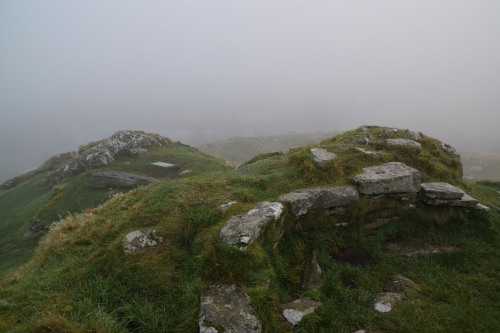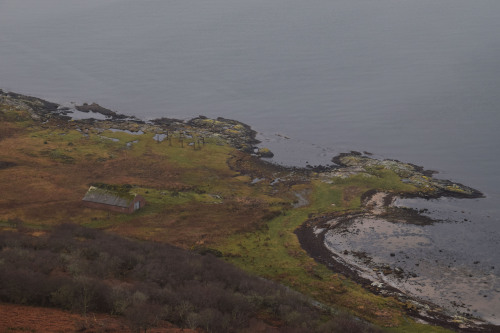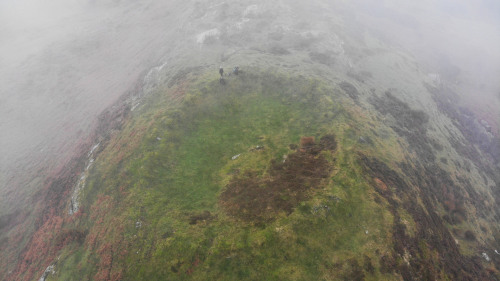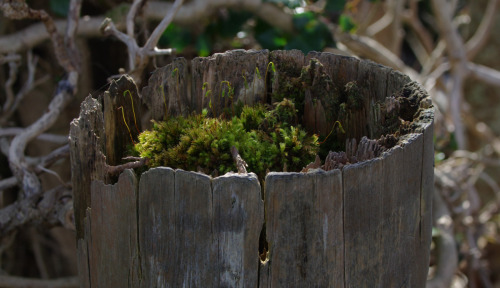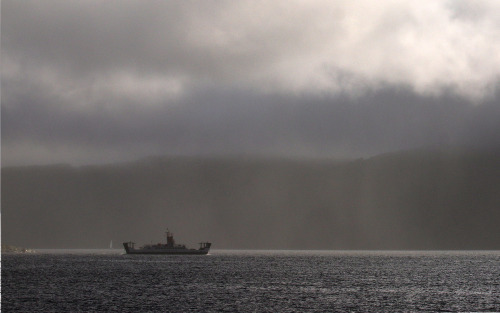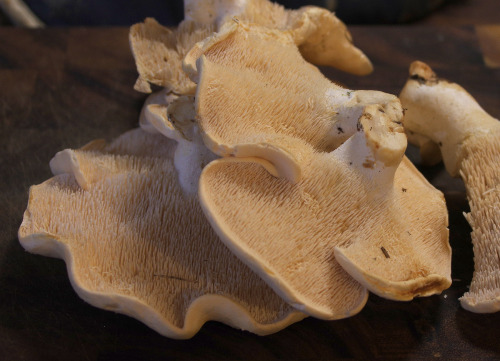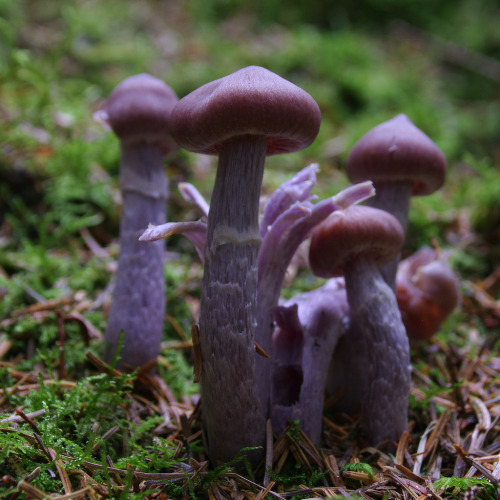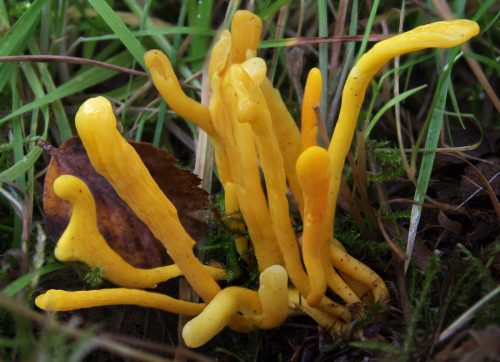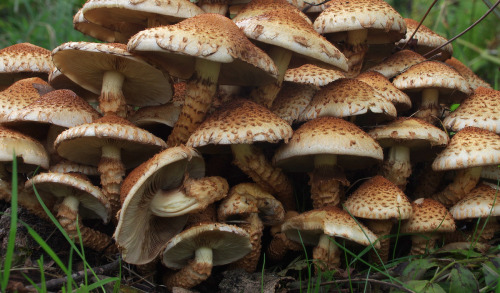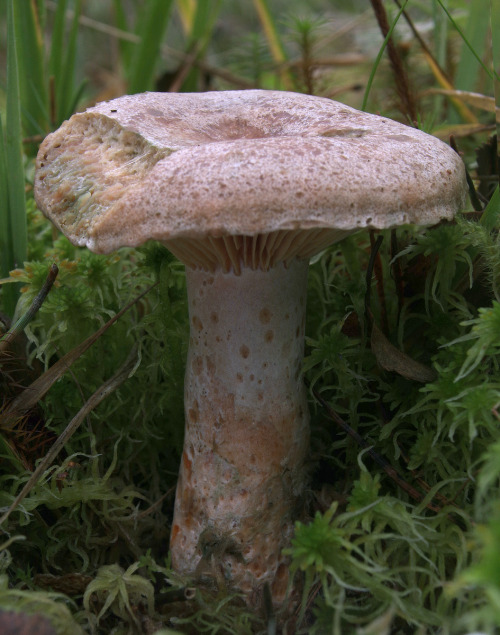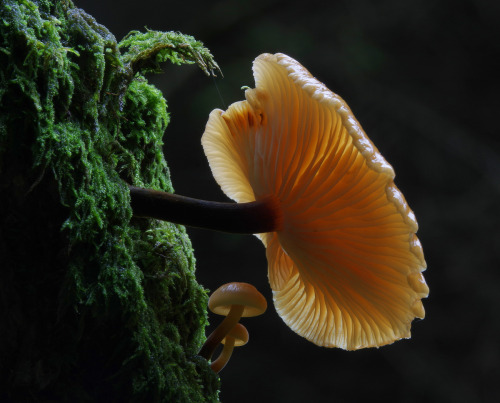#argyll

Ballymeanoch Prehistoric Standing Stones, Kilmartin Glen, Argyll, Pen and Ink Sketch and Wash, October 2019.
The Princess Louise (born Louise Caroline Alberta),also known as Marchioness of Lorne and Duchess of Argyll
The sixth child and fourth daughter of Queen Victoria
18 March 1848 – 3 December 1939 (91)
Post link

Majestic Highlands.
Ben Vane as seen through the clouds from Ben Vorlich side.
Arrochar Alps magic.

Ben Lomond. Loch Lomond. Incredible lighting.

Loch Lomond. Ben Dubh. Luss. Autumn Highlands.
Kilmartin Glen, Argyll
This area has some of, if not, the highest density of Neolithic monuments and sites in all of Scotland. These 3 sites were all concentrated in and around the same field, but there are many more to the South and North.
The first site we visited are the Nether Largie Standing Stones. The form a line and some suggest that they are aligned with the path of the moon across the sky and may track the lunar cycle. Alternatively, the may be aligned with the sun. Either way, both sun and moon would have been important to Neolithic farmers to grow as many crops as possible. The largest of the Standing Stones also has 23 ‘cupmarks’, semi-circular indentations, which are quite commonly found around Scotland, but are typically associated with Pictish art on the East Coast. Perhaps this reflects who lived here before the Scots tribes came over from Ireland in the Iron Age and settled the West Coast of Scotland, eventually conquering all of it.
A few minutes walk and you arrive at Temple Wood Stone Circle, which is Neolithic, likely from 3000 BC, but people kept using the site and built chambered tombs here well into the Bronze Age, or around 1000 BC. There are two burial cairns, both collapsed, but the smaller one had some burial offerings in it (see the photo below). A clay pot, bone arrowheads and a scraper for funeral rites. Those items can be seen in Kelvingrove Art Gallery and Museum (also check out this video, where I visit Kelvingrove).

The last site we visited was a chambered burial cairn known as Nether Largie South Cairn. This one is well preserved and you can look inside (or climb if you aren’t afraid of disturbing the spirits ;)). It was especially interesting to see this from the air. There is also a small, box-sized shallow pit right next to the large cairn. This is probably the oldest monument in the glen, about 5000 years old, but it also would have been used for longer than that as a sacred site.
You can find my Youtube Vlog here of me visiting these sites.
Post link
Dunadd Hillfort, Argyll
This hillfort is pretty impressive as it is, but it also has a special slab with a footprint. This slab is one of the reasons why people visit Dunadd Hillfort. It is associated with the Kings of the Scots tribe Dal Riata and their inauguration ceremony, which according to legend involved the new King stepping into the ‘footstep’ of his predecessors. What you see nowadays is a cast though, so you don’t have to be worried about wearing down something of historical importance. It’s still a fun thing to step into that foot shape. I did it and it was precisely the size of my boot. As with the previous day of our holiday, there was a firm grasp of fog and low cloud and particularly early in the morning when we were there, the landscape around the fort was simply non-existent. We still got a pretty good idea. There is an upper level with a citadel at the top and the King’s stone slightly below. And there is a lower level with remains of buildings, a wall and a well. There’s a natural (or not) break in the rock, which leads in and out of the lower level. A perfect bottleneck for defending the fort. There’s parking right next to the fort and it’s only 5 to 10 min to get up there. So visiting Dunadd is a no-brainer when in Argyll.
Head over to Youtube for a video of me visiting this fort and other places in Argyll.
Post link
Dun Skeig Hillfort and Coast of Argyll
This hillfort has a great location to watch over the sea and you can see as far as Jura on a good day (while we were there there was a persistent low cloud). Certainly, the Isle of Gigha is looming on the horizon in my photos. Before roads were built along the coast and into the Highlands, it was much faster and easier to travel around by boat (and probably still is), and many settlers came over from Ireland. Those people were known as the ‘Scots’ and they ended up giving their name to Scotland eventually. Their presence can be felt all over Argyll. This hillfort, though, is particularly interesting, not just because it’s well preserved, but because it’s somewhat unusual in that there is two of them. There is an older fort, which is ‘vitrified’, meaning the stone has molten, potentially from a fire that may have destroyed the fort. The only remains of the old fort are grass-covered walls. A new fort was built on the other side of the hill peak, re-using some of the vitrified stone. Much of the wall is still standing and especially once you get up into the air, you can truly appreciate this structure.
My Argyll Holiday Vlog is up on my channel.
Post link
Winter on the wane! A view south to Arran from the top of Bar nan Damh, in Glenan nature reserve.
Post link
There are very few wild junipers in Cowal - the handful I know of are mostly clinging to the edge of sea cliffs along the shore of Loch Fyne. Like these two on the headland west of Kilbride Bay.
Post link
Mushroom season is on the wane. There are still some fresh, new Cortinarius evernius about, though. It has a frosty look to it.
Post link
A bit small, but this geometer caterpillar has some impressive stickles on its prolegs. ^_^
Post link
A nice, wavy bay cup fungus. They like growing on gravelly forest tracks. Used to be Peziza badia but is now called Legaliana badia.
Post link
I was thinking about saving these for halloween, but I couldn’t wait: here’s Helvella lacunosa! <3
Post link
Lactarius quieticolor is the quietest-coloured of the orange milk milk-caps, but it does produce some fantastic hues when it is going over.
Post link
First velvet shanks - Flammulina velutipes - of the season. They should continue fruiting into the new year, well after most of the other fungi have given up.
Post link





